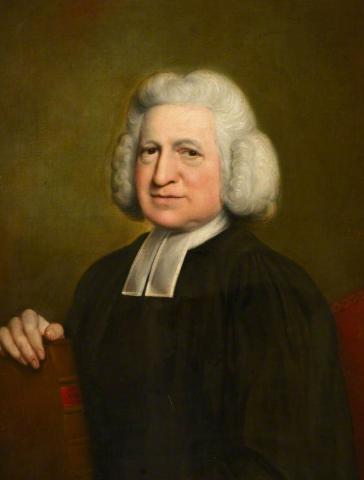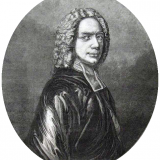Hymns and their tunes during the Georgian period- and some of the characters involved in their production: Part 2
And now for the people. Oh dear- the people!
Aspiring singers were encouraged to add trills and other graces at their own discretion (or lack of it), instructed by such as Arnold’s “Compleat Psalmodist” (1750) and various peripatetic tutors who would travel from village to village giving classes. The practice was exported to America, as bemoaned by Rev T Walter in 1721, complaining of “five hundred different Tunes roaring out at the same Time”.
Another menace was the practice of “lining-out”. In communities where many were illiterate the parish clerk would read out each line before it was to be sung. This miserable proceeding began with the Puritans and had not completely died out by the 1870s!
Organs (usually modest in scale) were but slowly installed- or reinstalled- after the Restoration and invariably in a west gallery, although organ builders in cathedrals seem to have been somewhat busier. “The better equipped [parish church]organist, where lining-out did not prevail, nevertheless broke the hymn and tune into fragments by the practice of a long shake at the end of every line, or a few measures of trivial interlude. “A jig for three or four minutes” before the last verse [was described] in 1810” (Scholes). I know an 18th century version of Tallis’s Canon with many a grace and turn. It’s quite fun, actually!
Where organs did not yet exist, or to supplement them, a village orchestra would assemble in the said west gallery. Sheffield Parish Church had no organ until 1805. Instead, according to an account in 1770 “before the west window, high over the gallery, was a kind of immense box hung in chains into which, by means of a ladder, musicians and singers, male and female, contrived to scramble [and] to make as loud a noise as heart would wish”. I wonder whether they later played Cranbook, the tune composed by T. Clark in 1805 and to which the alternative, very secular words of “Ilkley Moor” have been sung for many generations. The instruments were many and various and included the serpent about which Handel remarked “That was not the serpent that charmed Eve!”
There were clearly some fine musicians up and down the country, but due to multiple outbreaks of scurrilous behaviour they were, in many cases, replaced by barrel organs, with interchangeable barrels so that a reasonable number of tunes must have been possible. One of these mechanical devices was known to have existed at the church in Burstwick. Dr G H Smith asserted that ”parishioners are still living who heard it and sung to its strains” (A History of Hull Organs and Organists, 1910). The demise of the village church band must have caused a great deal of sadness throughout local communities. “Their choral worship may have possessed a reality not always present in our more artistic efforts of this later time” (G H Smith). Thomas Hardy gives particularly sympathetic accounts of the old church musicians in “Under the greenwood tree”. There has lately been a considerable revival of interest in the old “West Gallery” tunes and many, and I count myself among them, are re-discovering the joy of this type of music-making. I was particularly delighted to come across a manuscript from 1830-60 of various tunes in vogue then.
The great English Cathedrals pretty much maintained the kind of choral worship that we might expect today, but serious neglect and general decline had set in by 1800. The advance of hymnody was now being hampered by a multiplicity of small collections. The next chapter in the history of hymn-singing and indeed the general musical life of cathedrals and parish churches alike would be against the background of the Oxford Movement of the 1830s.
Julian Savory, June 2020

 George Frideric Handel
George Frideric Handel Isaac Watts
Isaac Watts

